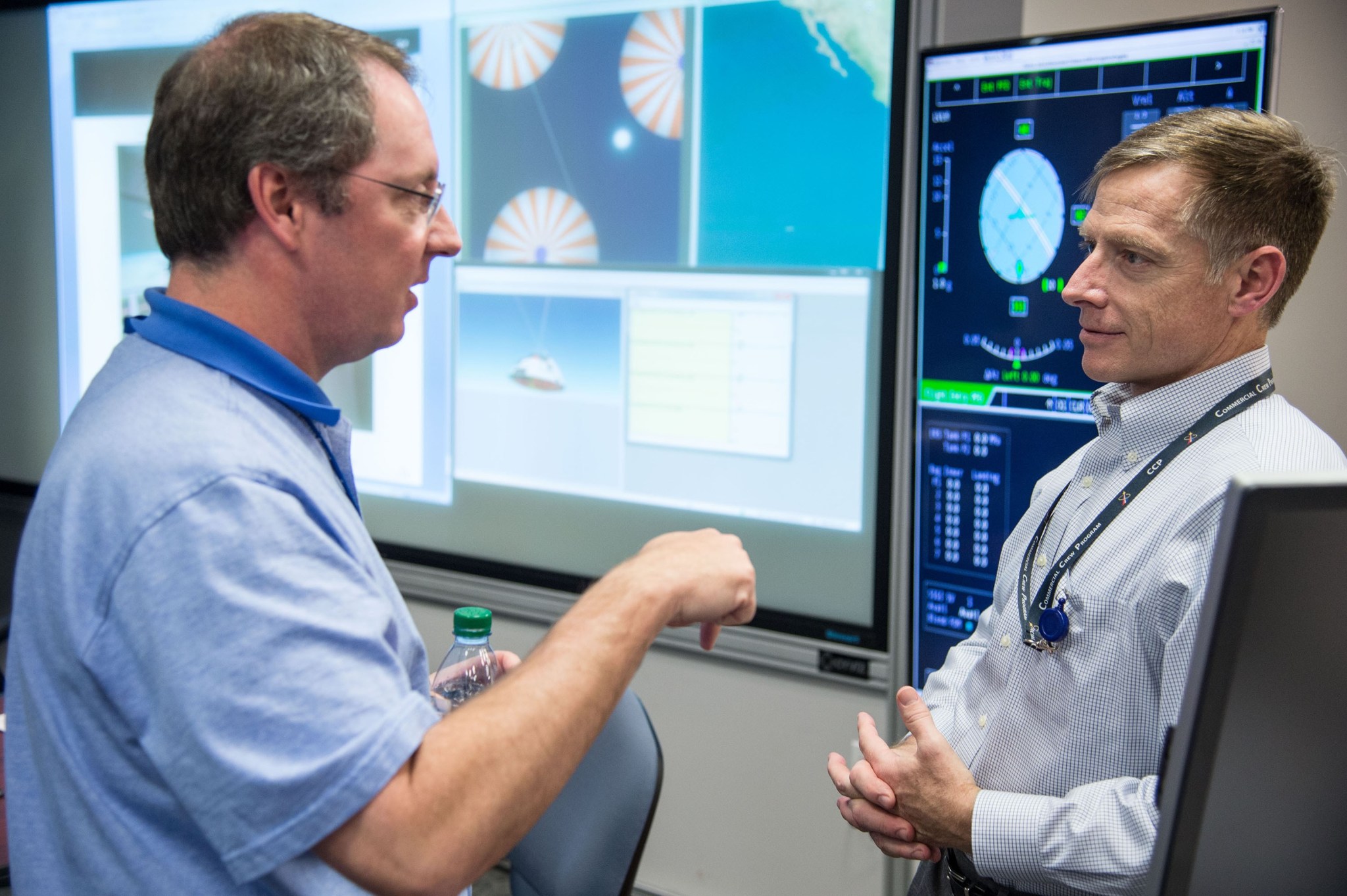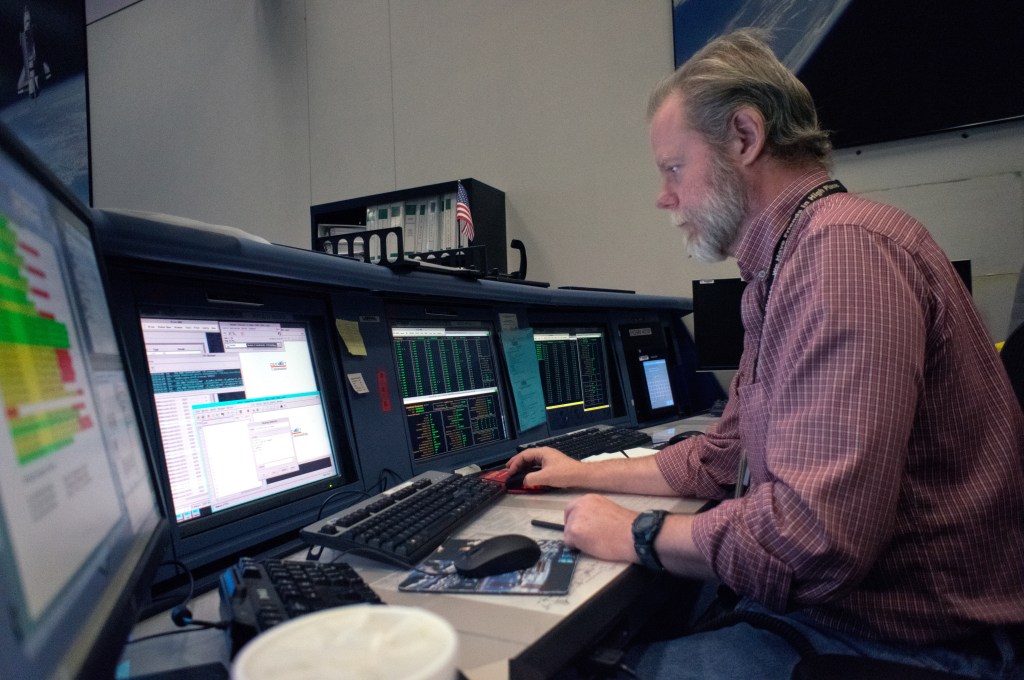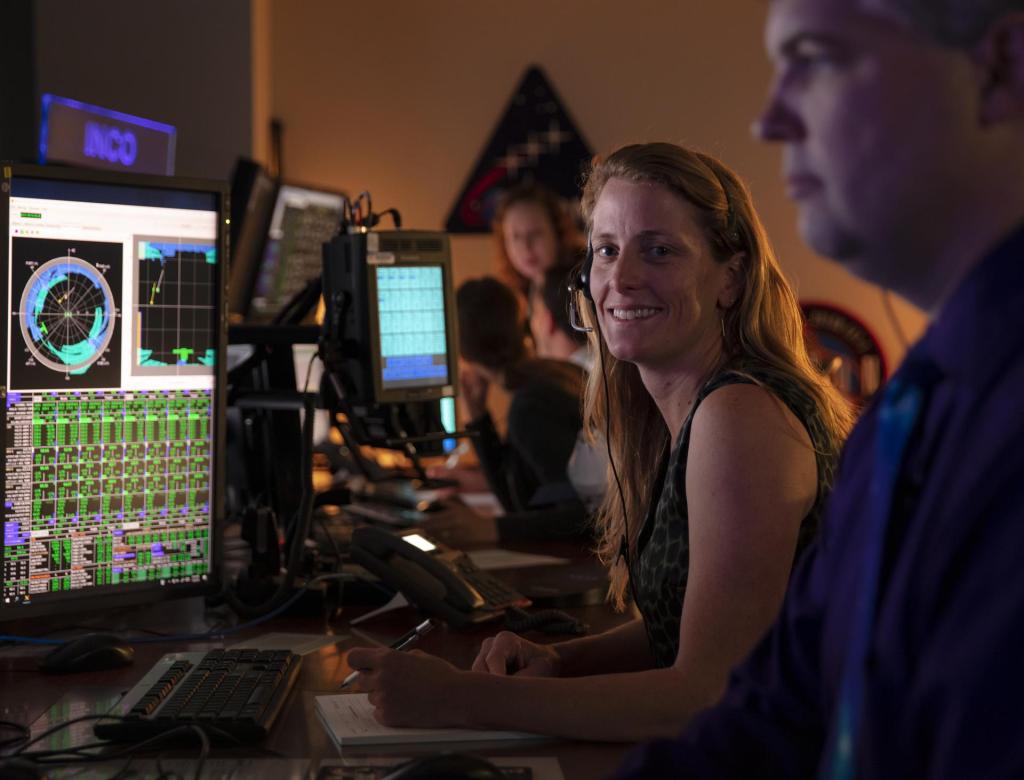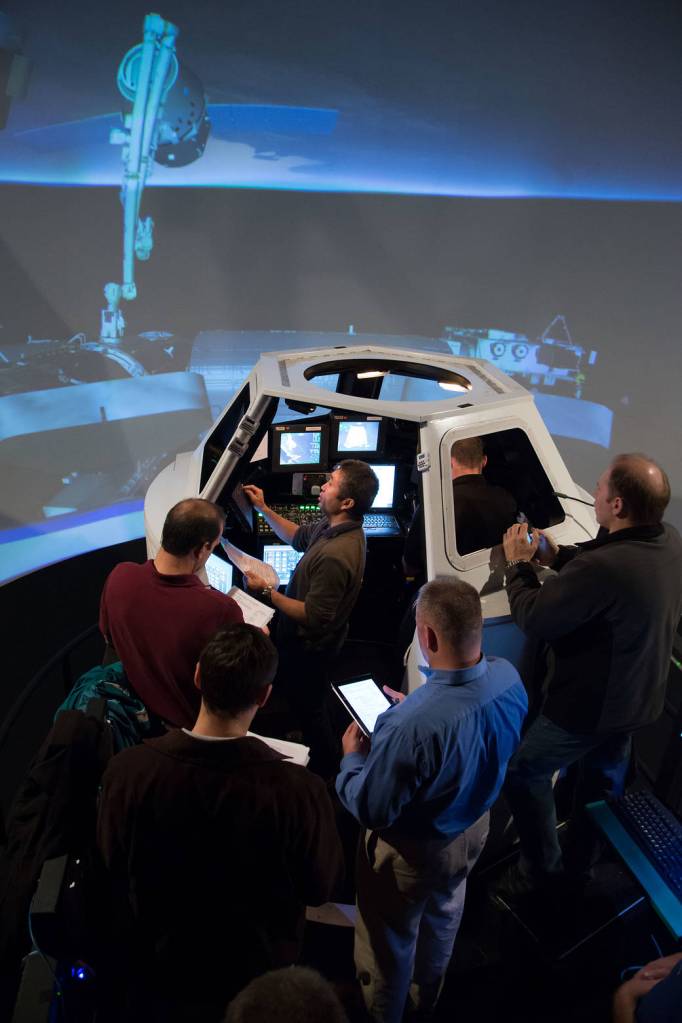Software & Autonomous Subsystems

Contents
Introduction
Software and autonomous systems are crucial for human spaceflight as they enable precise control, automation, and decision-making, ensuring the safety, efficiency, and success of complex space missions. Johnson Space Center (JSC) is a leader in software and autonomous subsystems for human spaceflight, offering an array of capabilities in high-fidelity, real-time, human-in-the-loop engineering simulations. Our expertise encompasses software development for flight and ground systems, real-time, mission-critical embedded software, software integration, and hardware-in-the-loop testing. As a Capability Maturity Model Integration (CMMI) certified organization, JSC ensures excellence in software development, including the Human-rated Open Source Class A Core Flight Software (CFS) Framework. NASA JSC Spacecraft Software Engineering Branch provides world-class products, leadership, and technical expertise in software engineering, processes, and technology for human spaceflight programs. We invite our partners to leverage our advanced software and autonomous system capabilities, collaborating with us to enhance the reliability, efficiency, and innovation of future space missions.
Capabilities
Software Development and Testing
Overview | NASA JSC Spacecraft Software Engineering Branch provides world-class products, leadership, and technical expertise in software engineering, processes, and technology for human spaceflight programs.
Details | JSC’s Spacecraft Software Engineering Branch develops flight and ground software for a variety of space vehicles, large and small, crewed, and un-crewed. We maintain a CMMI Maturity Level 3 rating for software (required for developing human-rated software at NASA). We maintain the Core Flight Software product line, and lead software technology development at JSC for creating, editing, managing, and executing electronic procedures, with/without augmented reality capabilities, and hybrid reality systems to revolutionize the way NASA performs crew training, on-orbit operations, and vehicle design. As chairs of JSC’s Engineering Software Engineering Process Group (SEPG) and the broader JSC SEPG, we perform software classifications and conduct safety criticality assessments for flight projects, and coordinate implementation of Center-wide software policies, process requirements, process improvements and training initiatives, flight, and ground software for a variety of space vehicles.
Evaluation of Computer-Based Control System Control of Catastrophic and Critical Hazards
Overview | Working groups are available to assist developers building a system utilizing computer control of hazards. A logical methodology has been developed to assist in designing, testing, and verifying the system will perform as expected with acceptable risks for hardware and operators. Expertise is available with software development utilizing best practices for software development using a total life cycle approach.
Details | Computer-Based Control Systems (CBCS) use computer hardware and software as an integral part of the System Safety Process. CBCS safety is the application of engineering and management principles, criteria, and techniques to provide hardware failure and software error tolerance to minimize risks associated with the use of computers to control hazards.
Integrated Graphics Operations and Analysis Laboratory (IGOAL)
Overview | The Integrated Graphics Operations and Analysis Laboratory (IGOAL) provides computer graphics services for organizations throughout NASA and other institutions. These services include highly realistic visualizations of space systems and conceptual design concepts; custom graphics programming for simulations, visualizations, and education and outreach; and 3D graphics model creation, reduction, verification, and validation.
Details |
- Computer graphics services
- 3-D engineering visualization, modeling, and graphics custom software development
- Animated Graphics for Engineering Analysis (AGEA)
- Mobile applications for phones and tablets
- SATERN-style training modules (NASA’s internal training platform)
- IGOAL software programming supports many platforms including iOS, Android, Windows, Linux, and the web
- IGOAL graphics models can be output in many popular formats including FBX, Blender, AutoCAD, OBJ, and Inventor
- IGOAL software products include Space Station Research Explorer (mobile devices on iTunes and Google Play), Visual ISS Communication tool, AGEA, EMU Explorer, and Counter Measure Systems Explorer



































